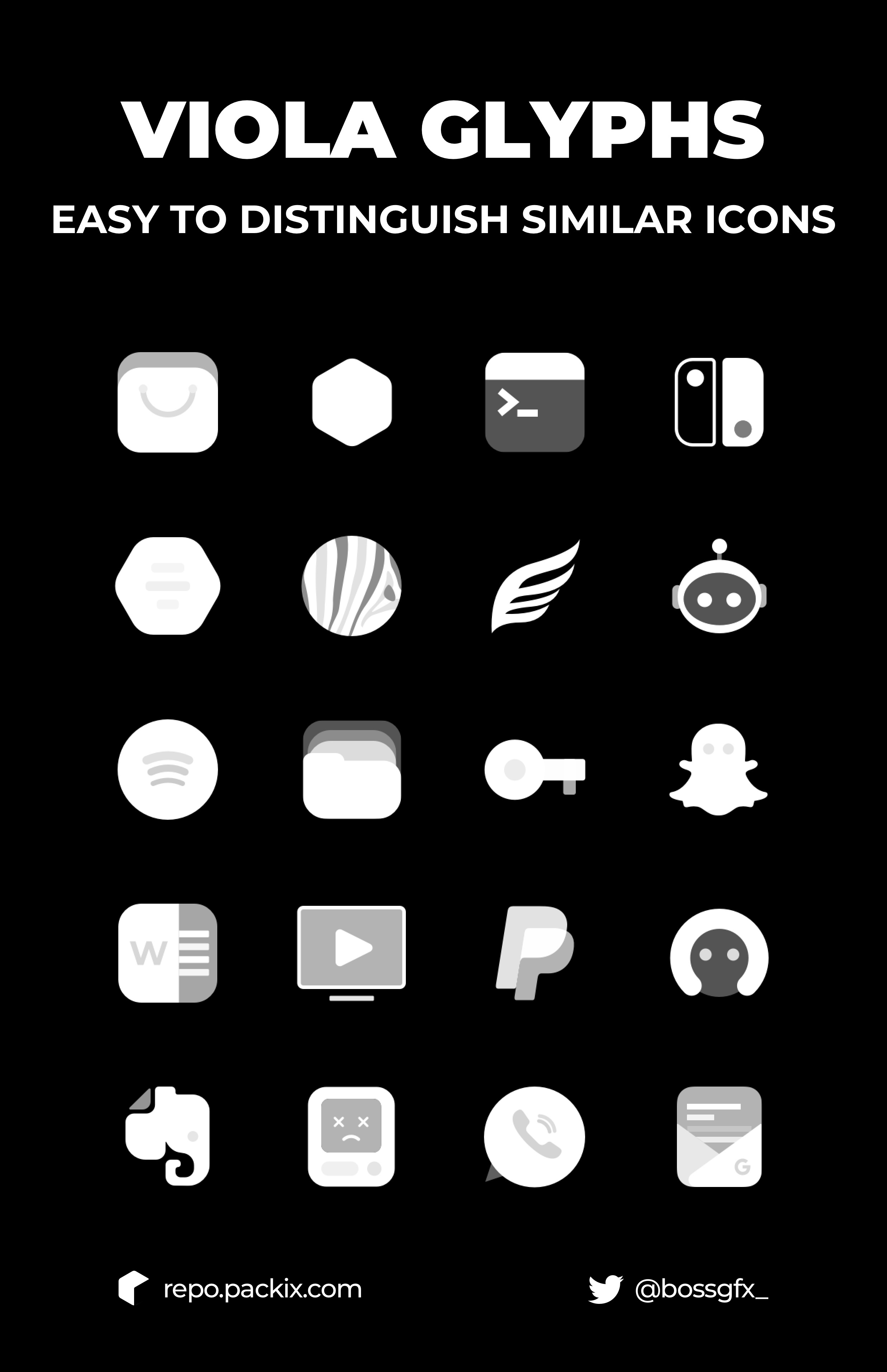

This dialog displays the list of all Unicode glyphs FontLab is aware of. When you choose Add Glyphs from the Font menu, you get this dialog:
#7.0 glyphs update
But if Add Glyphs is set to generate auto glyphs, the contents of the generated glyphs will automatically fill and update over time as you add new base and mark glyphs. For example: if the only lowercase letter you have is an “a” and you have no diacritical marks, and you add all glyphs for Western European languages, FontLab will generate a lot of blank glyphs, as well as a bunch with just the “a”.

If Add Glyphs is set to generate composite glyphs, it will only add element references if it can find appropriate primary glyphs in the font. If Preferences > Operations > New glyphs > create auto layers if possible is turned on, the new glyphs will become auto glyphs, so their contents, metrics and positioning of elements and anchors will be automatically updated whenever you add or modify any primary glyphs. If you need an unencoded or arbitrarily-named glyph, a special ligature, or an alternate of a standard glyph, use the Generate Glyphs command instead.Īdd Glyphs can create more than one glyph at a time, and creates glyph layers for all font masters defined in Font Info > Masters.ĭepending on the settings in Preferences > Operations > New glyphs, the added glyphs will either be blank or will have some contents (they will be composite or auto glyphs ).įor example, if your font includes the basic Latin letters and some diacritic marks, and you use Add Glyphs to add Western or Central European accented glyphs, they will be automatically be created with the appropriate Elements placed into the glyphs for both the base characters and the accents. Add Glyphs cannot add glyphs that do not have a Unicode codepoint. You should use it to create default glyph forms for Unicode characters. Glyph names, OT features, text, layers, color, files, UI, Python, variaĭetecting Element References or CompositesĪdd Glyphs ( Font > Add Glyphs) is one of several ways to add glyphs to your font. Variation, imported artwork, components, auto layers, elements Metrics, kerning, Font window, Font Info, hints, guides, classes Ext GWT: User Extensions and Plugins (1.General, editing, anchors, actions, FontAudit, copy-paste.Sencha Touch 1.x: Examples and Showcases.Ext GWT Community Forums (2.x) - Unsupported.

#7.0 glyphs code
The attacker can provide TopicBindingName and TopicConnectionFactoryBindingName configurations causing JMSAppender to perform JNDI requests that result in remote code execution in a similar fashion to CVE-2021-44228. JMSAppender in Log4j 1.2 is vulnerable to deserialization of untrusted data when the attacker has write access to the Log4j configuration. For specific security bulletin updates regarding Qubole and Xblend / Xray, please review the information provided in the support portals for those products.Īlthough our initial and thorough investigation has concluded, Idera continues to monitor for potential breaches, we will continue actively to monitor this situation and communicate with stakeholders as appropriate. Therefore, the investigation confidently concludes none are impacted by the Apache Log4j vulnerability. Idera has completed its review / investigation on all family of products.įor products supported in this portal, our investigation confirmed there are no exposed instances of the Apache Log4j library within the version range that contains this vulnerability. This is an update of Idera's internal review of the Log4J Issue (CVE-2021-44228). NOTE: This incident is no longer considered active, but is being maintained as Monitoring for short-term visibility. Security Bulletin Update - Log4J Issue (CVE-2021-44228)


 0 kommentar(er)
0 kommentar(er)
